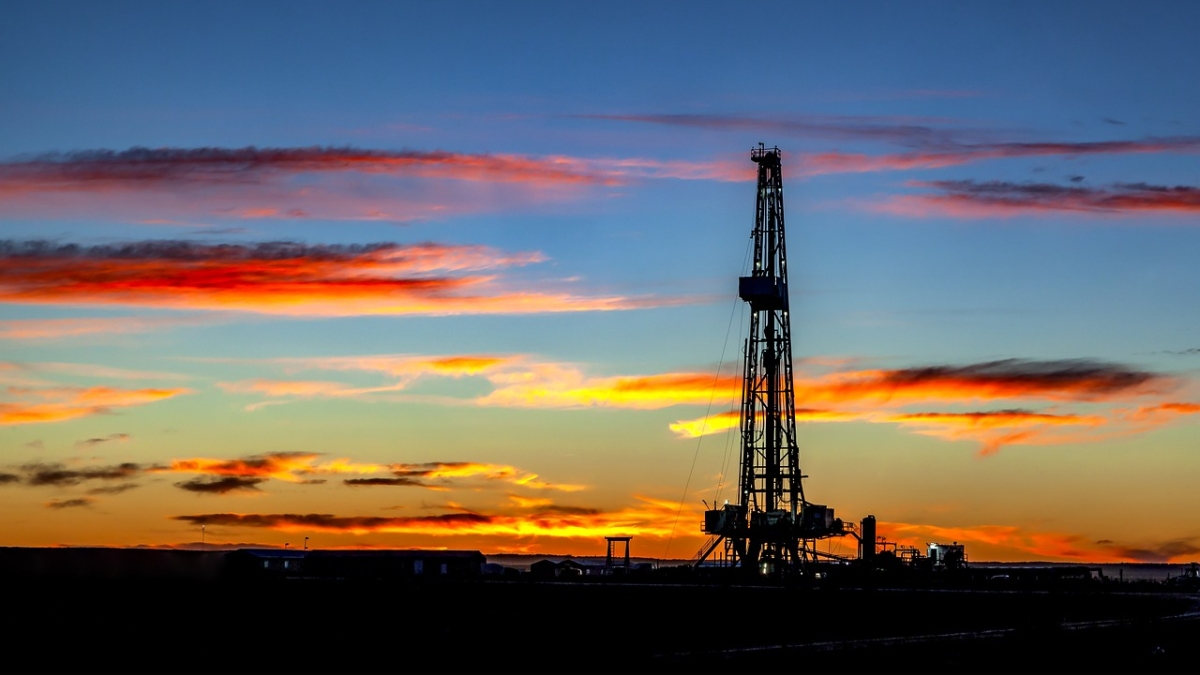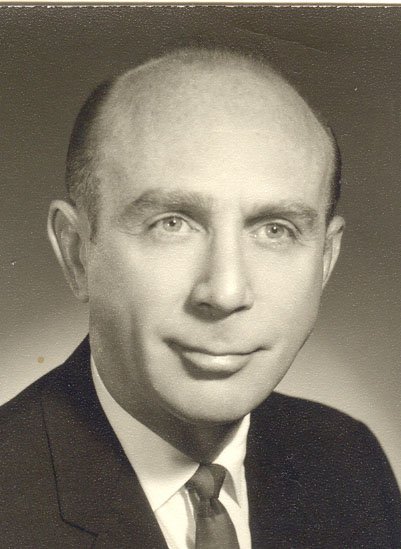'Father of Rio Salado Project' to be honored at pedestrian bridge
James Elmore, ASU’s founding dean of architecture, was driving force behind Tempe Town Lake

If you’ve ever gone for a jog or paddle boat ride around Tempe Town Lake, you can thank a man you’ve most likely never heard of: James Elmore, ASU’s founding dean of architecture, and the Father of the Rio Salado Project.
The city of Tempe and ASU are honoring Elmore on Saturday by dedicating the Town Lake Pedestrian Bridge in his honor.
James Elmore, ASU's founding dean of architecture
“James Elmore was a champion of Tempe Town Lake for more than 40 years, from encouraging the College of Architecture to take on the Salt River as a project to bringing the student ideas to those who could make them a reality,” said David Scheatzle, a professor emeritus of the ASU College of Architecture. “Associating Dean Elmore’s name with the beautiful pedestrian bridge seems most appropriate for someone so dedicated to this vision.”
The afternoon ceremony, which is free and open to the public, coincides with the 50th anniversary of the ASU College of Architecture project that resulted in the Rio Salado Project, the predecessor to Tempe Town Lake. It’s also been 10 years since Elmore’s death in April 2007. He was 89.
A series of interpretive plaques explaining the history of the Rio Salado Project and Tempe Town Lake will be installed to the west of the bridge, along with a dedication plaque to Elmore.
The Rio Salado Project was a master plan for a designated 40-mile strip from Mesa to Phoenix to improve the region’s environmental quality and economic vitality along the dry Salt River bed. It was conceived in the fall of 1966 in a student design class when Elmore challenged them to address the problems and potentials of the Salt River channel and adjacent land.
“It was an exciting project because of the history of the river, how it nourished the land and its people, and how water can transform an eyesore into an asset,” said Bill Close, one of 16 class members who worked on the eight-week project and will be present at the dedication.
Close said a half-century ago the dry riverbed that is now Tempe Town Lake was filled with trash, abandoned cars and other discarded items.
The 16 student architects studied recreational benefits made possible through flood control. It included a marina, stables, golf, trails and water related activities. In early 1967, the plan was introduced throughout the Valley to media, public officials and civic leaders.

A 1966 rendering of the Rio Salado Project.
Over the next few decades, master plans were drawn and changed, advisory groups were formed, funding mechanisms had to be ensured and legislation enacted to get the Rio Salado Project off the ground.
A master plan was created in 1984 by the Rio Salado Development District, which covers the Salt River from the Granite Reef Dam on the east to 43rd Avenue in Phoenix. This referendum was vetoed countywide by vote in November 1987.
Tempe Mayor Harry Mitchell decided to develop Tempe’s portion of the river and his successor, Neil Giuliano and the City Council invested $45 million for the creation of the 2-mile long Tempe Town Lake, which started construction in August 1997.
Amenities include a beach park, marina, walking and bike paths, paddle boats, public art spots, volleyball courts, and several habitat areas.
Today, Tempe Town Lake hosts approximately 40 events annually and has had nearly a $2 billion impact since its inception based on tourism, development and local recreation, according to Tempe spokeswoman Kris Baxter. She added, more than 40,000 jobs are located within a mile of the lake, and it has about 2.4 million visitors annually.
“Not bad for a $45 million initial investment,” Baxter said.
Other cities are experiencing the benefits of the Rio Salado Project concept. Phoenix has also created a habitat restoration project that is now home to the Nina Pulliam Rio Salado Audubon Center, and Mesa has begun restoration of the 2.5-mille Va Shly ‘Ay Akimel Salt River Ecosystem in partnership with the Salt River Pima-Maricopa Indian Community.
The investment of time, passion and dedication must be credited to Elmore said Wellington “Duke” Reiter, who spent four decades pushing his students’ class project to fruition.
“Jim was a guy with big ideas, and he was never going to take no for an answer,” Reiter said.
“He would just keep coming back and coming back. He was going to persevere no matter what.”
If you go:
What: Dedication of the Elmore Pedestrian Bridge
Where: Tempe Center for the Arts, 700 W. Rio Salado Parkway
When: Noon, Saturday March 18
Cost: Free
Information: riosaladoproject.org
Top photo: Tempe Town Lake Pedestrian Bridge at sunrise on March 4. Photo by Charlie Leight.
More Environment and sustainability

Arizona adapting to heat crisis with initiatives featured in ASU report
Arizona State University's Knowledge Exchange for Resilience, also known as KER, released its Recommendations Report on Extreme Heat Preparedness earlier this April during a summit in the nation's…

Celebrating Earth Day around the world
Originating in the United States in 1970, Earth Day is now celebrated worldwide. But even before it became an official day, many countries were already mindful of their carbon footprint in their…

A run on fossil fuels: ASU professor says climate legislation could have unintended consequences
As concerns about climate change grow, policymakers are increasingly voicing support for stricter fossil fuel legislation. Their discussions and proposals raise questions about the future of the oil…
